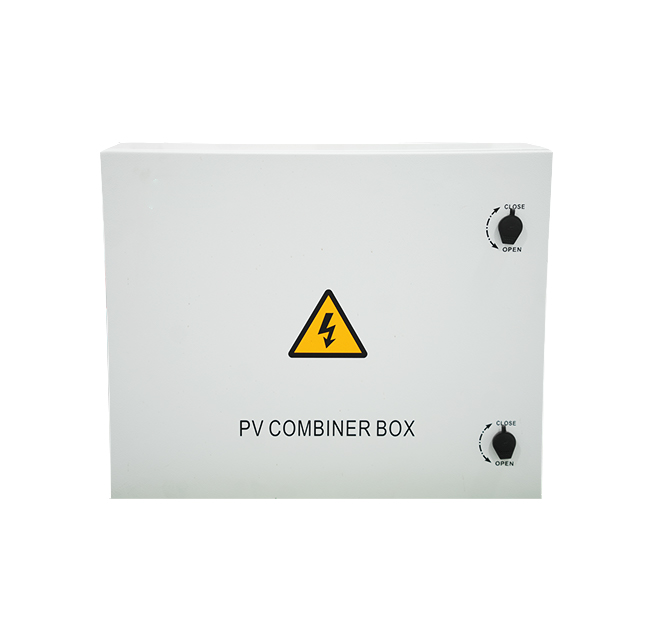Time:2025-06-24 Views:0 source:CNC Machining customization source:CNC Machining news

Automated control technologies play a pivotal role in modern sheet metal processing, enabling precise and efficient operations. One of the fundamental control technologies is the use of computer - numerical control (CNC). In sheet metal processing, CNC systems are used to control various machines such as laser cutters, punching machines, and bending machines. For a CNC laser cutter, the control system receives design data in the form of CAD/CAM files. The software within the CNC system then interprets this data and generates precise control commands for the laser head's movement. It can control parameters such as the laser power, cutting speed, and focus position. This allows for the accurate cutting of complex shapes with tight tolerances. In a CNC punching machine, the control system determines the position of the punch and die, as well as the force applied during the punching process. By programming the CNC system, different hole patterns and shapes can be punched on the sheet metal with high repeatability.
Another important automated control technology is the use of sensors. In sheet metal bending operations, for example, sensors can be used to monitor the bending process in real - time. Strain gauges can be attached to the bending die to measure the force exerted on the sheet metal during bending. This data is then sent back to the control system. If the measured force deviates from the programmed value, the control system can adjust the bending process, such as increasing or decreasing the bending angle, to ensure the accuracy of the bent part. Proximity sensors can also be used to detect the position of the sheet metal during loading and unloading operations. This helps in preventing collisions between the sheet metal and the machine components, improving the safety and efficiency of the production process.
Automated control also involves the use of robotic systems. Robots can be programmed to perform tasks such as material handling, welding, and even complex bending operations. In a sheet metal welding cell, a robotic arm equipped with a welding torch can be programmed to follow a specific welding path. The control system of the robot ensures that the welding speed, current, and voltage are maintained at the optimal levels for a high - quality weld. The robot can also be integrated with other equipment in the production line. For example, it can pick up a cut sheet metal part from a conveyor belt and transfer it to a bending machine, and then move the bent part to the welding station. This integration is achieved through a coordinated control system that synchronizes the operations of the robot and the other machines.
In addition, the use of industrial Internet of Things (IIoT) in sheet metal processing control is becoming increasingly prevalent. IIoT - enabled devices can collect data from various machines and sensors in the production line, such as temperature, vibration, and energy consumption. This data is then transmitted to a cloud - based platform or a local server for analysis. Through data analytics, manufacturers can gain insights into the performance of their equipment, identify potential issues before they cause breakdowns, and optimize the production process. For example, by analyzing the energy consumption data of a laser cutting machine over time, the manufacturer can adjust the cutting parameters to reduce energy usage without sacrificing productivity. The IIoT also allows for remote monitoring and control of the sheet metal processing equipment, enabling operators to manage the production process from anywhere with an internet connection.
Read recommendations:
Sealing ring Precision electronic parts
Housing components for recessed downlights Precision electronic parts
Oval Magnetic Hardware Precision electronic parts
CNC Machining Dimension Accuracy
CNC processing factory - Meeting customers' strict requirements for precision